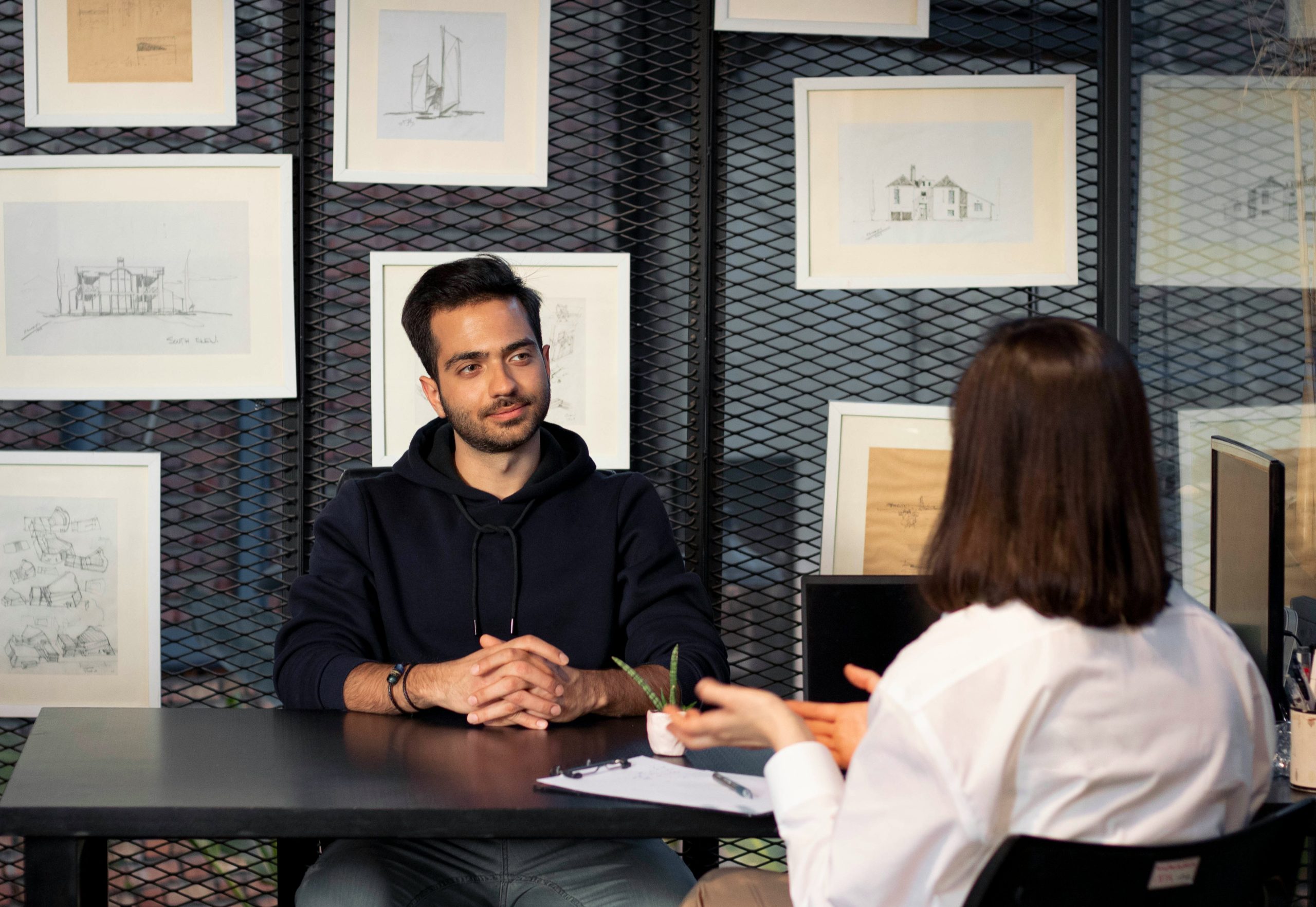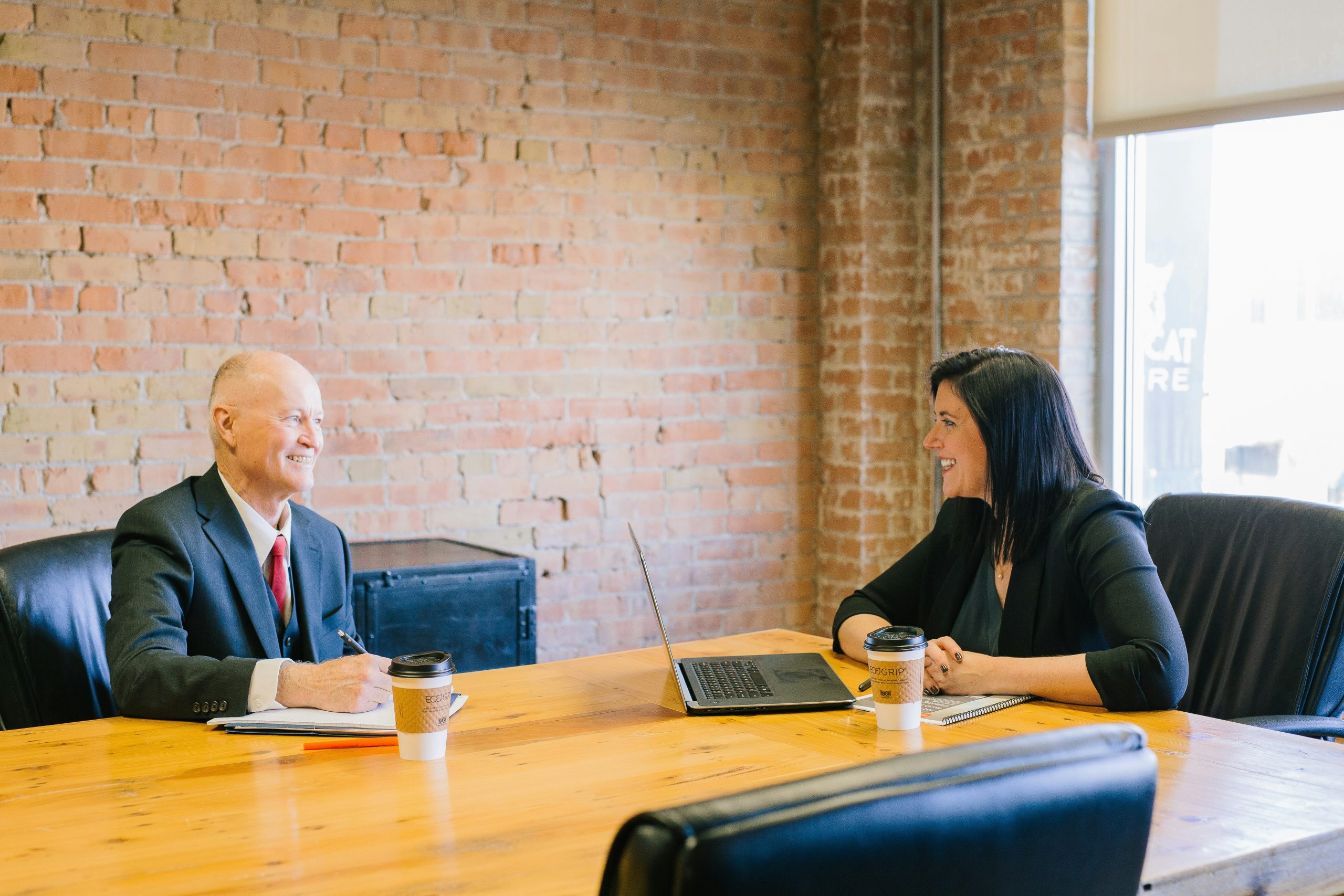
Subscribe for updates
Get talent acquisition best practices, trends, and news delivered directly to your inbox.
By entering your email, you agree to receive marketing emails from JobScore
Finding and securing top talent requires a strategic and efficient hiring process. You need to properly evaluate candidates to ensure a high quality of hire, while providing an engaging candidate experience. Panel interviews can help.
A panel interview is a hiring technique where multiple interviewers simultaneously meet with a job candidate. They can be a powerful tool for thoroughly assessing candidates while streamlining the recruitment process.
This comprehensive guide will walk you through everything you need to know about implementing successful panel interviews at your organization.
Benefits of panel interviews
Understanding the advantages of panel interviews can help you determine if this format aligns with your hiring goals and organizational needs. Here are the key benefits that make panel interviews an attractive option for many companies.
Time efficiency
About half of employers have an interview process that consists of 4 or more interviews over the course of 4–6 weeks. But in-demand candidates might not be on the market that long.
Panel interviews can significantly reduce the total number of interview days needed by consolidating multiple interviews into one session. This streamlined approach minimizes schedule disruptions and accelerates the decision-making process.
The format simplifies scheduling logistics by reducing coordination requirements and calendar conflicts. Companies can accelerate their hiring timeline through faster feedback collection and quicker consensus building.
Candidates benefit from reduced fatigue since they face fewer separate interviews and avoid repeating answers to similar questions.
Better evaluation
Panel interviews provide multiple perspectives on each candidate by bringing together diverse expertise and experience levels. This approach can reduce individual bias through balanced decision making and multiple evaluator input.
The format enables comprehensive skill assessment by combining technical capability validation with soft skills evaluation and cultural fit assessment. Organizations can maintain consistent comparison across candidates through standardized evaluation criteria and uniform interview structure.
Improved candidate experience
Candidates benefit from a single comprehensive session that provides exposure to multiple team members simultaneously. This format offers deeper insight into company culture through interaction with various stakeholders.
The efficiency of the process demonstrates respect for the candidate’s time and professional commitments. Candidates receive more consistent information about the role and company since all interviewers are present to hear and contribute to responses.
Cost effectiveness
Organizations save on recruitment costs by reducing the number of separate interviews required. The consolidated format decreases coordination overhead and administrative burden.
Companies see a lower risk of poor hiring decisions due to multiple perspectives in the evaluation process. The decreased time to hire helps organizations secure top talent before competitors and reduces the cost of prolonged vacancies.
Drawbacks and challenges of panel interviews
While panel interviews offer many benefits, organizations should be aware of potential challenges that need to be managed effectively.
Coordination complexities
Scheduling multiple interviewers requires careful coordination of busy calendars and competing priorities. Maintaining consistent attendance can be challenging when urgent business needs arise. Managing different departmental priorities often requires advance planning and clear communication. The format demands significant preparation time from all panel members to ensure effective participation.
Candidate intimidation
The panel format can create a more stressful environment for some candidates who might feel overwhelmed. Building natural rapport becomes more challenging with multiple interviewers present simultaneously. Some candidates may experience increased anxiety that impacts their interview performance. The formal nature of panel interviews might prevent some candidates from showing their authentic selves.
Group dynamics
Strong personalities on the panel may inadvertently influence other interviewers’ opinions. The risk of groupthink can emerge when panel members hesitate to disagree with colleagues. Managing panel discussion requires skilled facilitation to ensure balanced participation. Different interviewing styles among panel members might send mixed messages to candidates.
When to use panel interviews
Panel interviews can be an effective way to evaluate candidates, but they don’t necessarily need to be a mainstay in your recruitment process. It’s important to consider how each interview technique can best help you evaluate candidates.
Panel interviews can be particularly useful in the following situations:
Who should be on your interview panel?
Panel interviews typically bring together 3-5 stakeholders, but the number and roles of interviewers should be chosen according to your unique needs.
For example, a panel interview for a cross-functional role might include a team member from each relevant department. But a junior-level role may only include the hiring manager and a team member.
Selecting the right combination of interviewers that represent different aspects of the role and organization can help ensure your panel’s success.
Panel members might include:
How to structure an effective interview panel
A well-structured panel interview is essential for maximizing its effectiveness while ensuring a positive candidate experience. This begins well before the interview takes place — and extends well after.
Before the interview
Investing in pre-interview preparation helps your panel run smoothly for your team members and provide a positive interview experience for your candidates.
During the interview
Interviews aren’t just an opportunity for your team to assess candidates — they’re an opportunity for your candidates to assess your team and organization. It’s important to make time for both, even if that means extending the length of your panel.
After the interview
Leave time after the interview to write up evaluations and debrief with the hiring team.
Final thoughts on panel interviews
Panel interviews represent a powerful tool in modern recruitment when properly structured and executed. Their ability to streamline the hiring process while providing comprehensive candidate evaluation can be a great way to identify and secure skilled talent.
But it’s important to remember that every interview isn’t necessarily suited for a panel. Use them when it makes sense for your role and organization, and refine your process based on feedback and results. Continuous improvement is the best way to improve your hiring outcomes.



